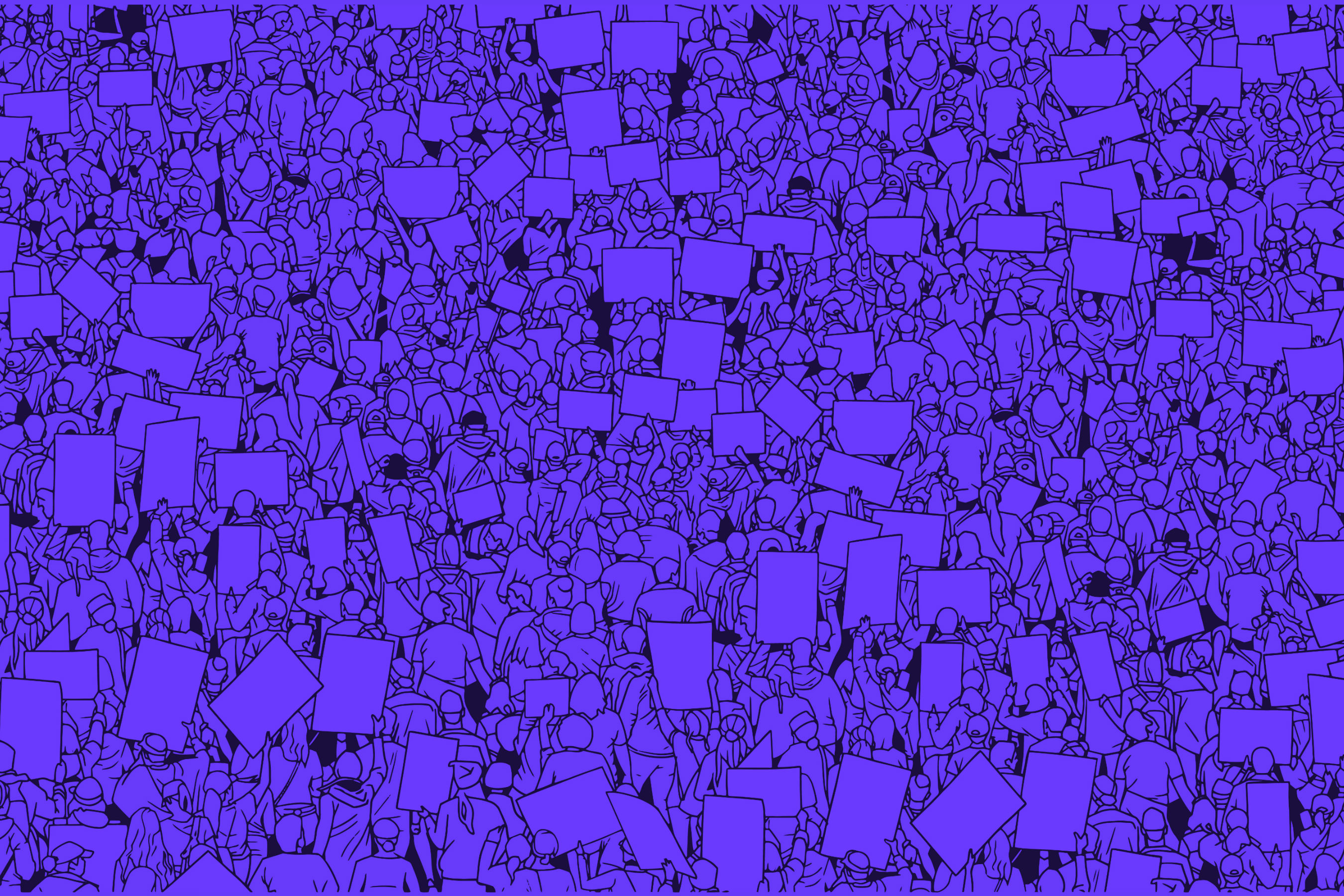As the Election Closes In, More Americans Seek to Mail In Ballots — But Concerns Abound
Despite the consternation around mail-in voting during the pandemic, a clear majority of Americans are leaning toward voting by mail this fall — if they can. At the same time, a majority say they are concerned about the accuracy of counting votes submitted by mail. Minority centers, encompassing the African American South, Hispanic Centers, and Native American Lands, show the most concern about the accuracy of ballot counting, no matter the means of voting: mail, electronic, or paper.
To Vote or Not to Vote by Mail
A Dynata survey taken some 100 days before the presidential election finds that 60% of Americans are very or somewhat likely to vote by mail if it’s an option for the general election, while 28% say they are somewhat or very unlikely to use this method. At this point, 12% are not sure. California, Vermont, and the District of Columbia join Colorado, Hawaii, Oregon, Utah, and Washington in automatically sending all registered voters mail-in ballots.
The likelihood also ranges widely depending on a resident’s community type: In Big Cities, 68% say they are likely to vote by mail if given the choice, while in minority centers, 48% say so. (In minority communities, 30% say they are unlikely to vote by mail.)
Of all the community types, the less diverse Middle Suburbs are most split between whether or not they are likely to vote by mail: 49% say they are, while 39% say they are unlikely to mail in ballots. Compare those percentages to rural white communities, consisting of Aging Farmlands, Evangelical Hubs, Graying America, LDS Enclaves, Rural Middle America, and Working Class Country, where 50% say they are likely to vote by mail, and 34% say they are unlikely to vote this way.
These disparities may be explained by the circumstances in different kinds of communities.
- Big Cities have suffered mightily these past four months from the coronavirus pandemic and have been contending with many protests. Residents may be more hesitant to venture out to the polls and potentially expose themselves to health and social concerns.
- Minority centers have long been disenfranchised in the voting process, and concerns remain high about voter suppression in communities with large African American, Hispanic, and Native American populations. Many residents may not trust that their vote will count if they use an alternate method to in-person voting; they may also have unstable housing situations, making mailed ballots difficult to obtain and return.
- The Middle Suburbs, made up of 77 counties concentrated the Northeast and upper Midwest, have been ravaged by deaths of despair, including drug overdoses, in the past several years. Longer-term, globalization and deindustrialization have taken a toll on these communities — and their residents. They went heavily for Donald Trump in 2016, but many are leaning away from him now. President Trump has denounced widespread mail-in voting, while he and his family vote by mail.
Concern About Counting
As election security steps into the spotlight again, there is a fair bit of concern about the accuracy of the vote count, regardless of the method used: 56% of Americans are concerned or very concerned about voting by mail, 50% say the same about electronic ballots, and 48% about paper ones, according to the Dynata survey. A majority in minority centers show concern with all three methods: mail, electronic, and paper.
Minority centers and Exurbs express the most concern about accuracy via mail-in voting at 63%. At the other end of the spectrum, Big Cities and Urban Suburbs are tied at 53%. Communities of rural whites, the young and mobile, and the Middle Suburbs are in the upper 50s.
Electronic
On electronic ballots, young and mobile communities — College Towns and Military Posts — show the least concern, while minority centers see the most: 41% of young and mobile communities say they are concerned or very concerned, perhaps because of their comfort with technology; 59% of minority centers express concern. Most communities hover around the average of 50% or tick to the low 50s.
Paper
While using paper ballots is slightly less concerning among Americans overall, 54% of minority centers say they are concerned or very concerned about the accuracy of paper votes counted, showing how voter disenfranchisement runs deep in the African American South, Hispanic Centers, and Native American Lands.
